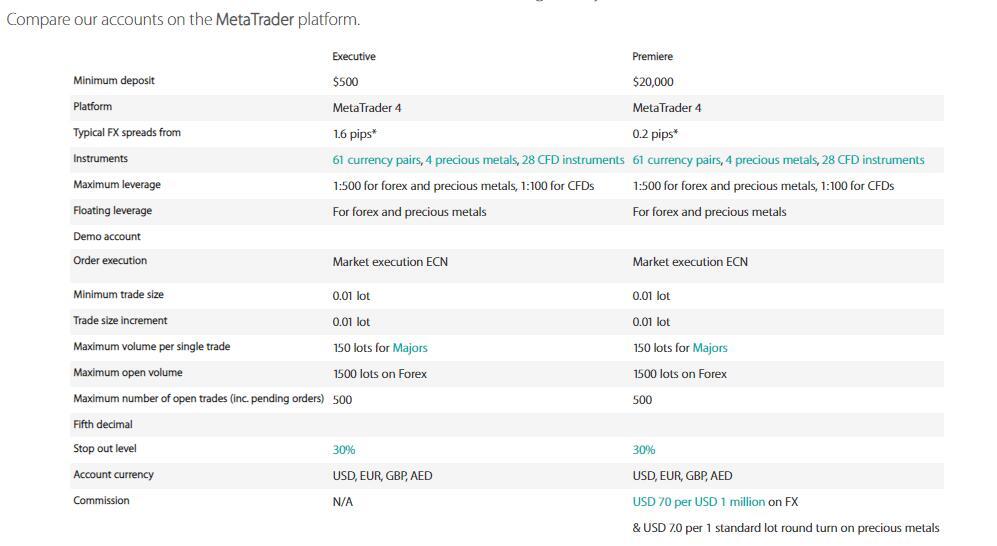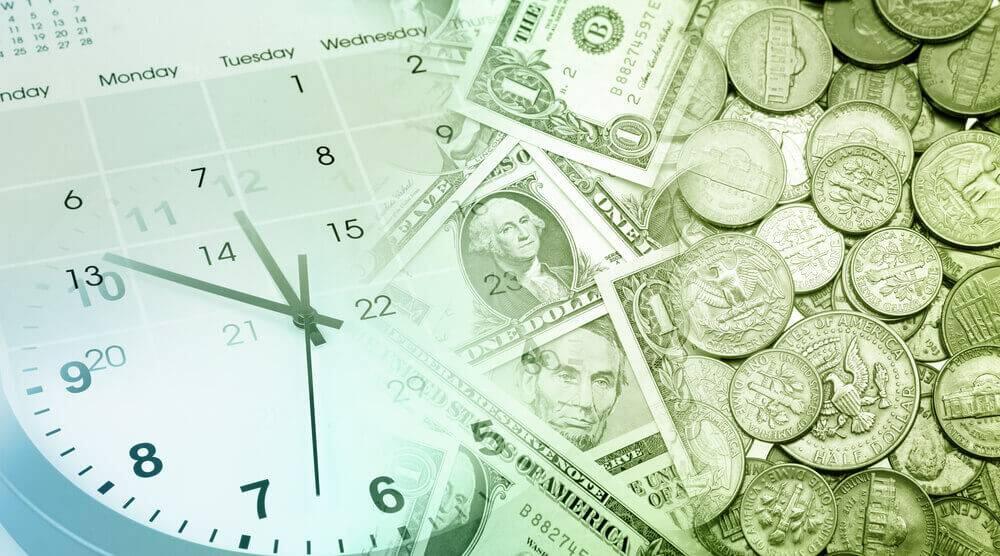Net Book Value Meaning, Example, How to Calculate, and More

The current value of these assets obviously has an impact on the value of the company itself. Net Book Value expresses the historical value of an asset after deducting the corresponding accumulated depreciation or amortization. Normally the NBV is significantly lower than the market value for the first few years of the asset’s useful life, as the asset is still in good working condition and retains its value. It makes for fairer and more accurate accounting records and helps to express a true approximation of the company’s total value. Net book value, or NBV, refers to the historical value of your business assets and how they get recorded.
Why Is American Equity (AEL) Up 1.1% Since Last Earnings Report? – Nasdaq
Why Is American Equity (AEL) Up 1.1% Since Last Earnings Report?.
Posted: Wed, 06 Sep 2023 15:30:00 GMT [source]
You are responsible for ensuring the accuracy of the book value for tax purposes. Once the security is in your account, we will update the book value for you if more shares or units of the same security are purchased. Before getting too far into the net book value formula and calculations, let’s talk about accumulated depreciation first. To figure out accumulated depreciation, take the per year depreciation and multiply it by the total number of years. The term of book value comes from the accounting process of recording the value of your asset at its original cost.
How to Calculate Net Book Value
It’s also important to understand that NBV is affected by the depreciation method used by a company. Depreciation is always accumulated, and netted against the asset to get the NBV. There is a difference between outstanding and issued shares, but some companies might call outstanding common shares “issued” shares in their reports.
- So, by itself, it is an insufficient single indicator of a stock’s potential rise in value.
- It can help a company make informed decisions about purchasing and selling assets.
- Not only does this eliminate the possibility of a dividend raise of the type you’d expect of the consolidation of the two entities, but it also raises the specter of a dividend cut.
- The original cost of the asset for calculating NBV is $1,140 ($1,000 + $10 + $100 + $30).
- Normally the NBV is significantly lower than the market value for the first few years of the asset’s useful life, as the asset is still in good working condition and retains its value.
The issue of more shares does not necessarily decrease the value of the current owner. While it is correct that when the number of shares is doubled the EPS will be cut in half, it is too simple to be the full story. It all depends on how much was paid for the new shares and what return the new capital earns once invested. It is important to note that the net book value of an asset will depend on the depreciation method being utilized by the company. Two types of depreciation methods are straight-line depreciation and double-declining balance (accelerated depreciation).
Company
You need to know your book value in order to calculate the capital gain or capital loss when you sell a security in a non-registered account. On the balance sheet, you see “Total Stockholders’ Equity” with a value of $138.2 billion. This figure is calculated by adding the values of preferred stock, common stock, Treasuries, paid-in capital, additional comprehensive income, and retained earnings. Some companies include unrealized gains or losses, capital surplus or cumulative adjustments, and many other line items, depending on the industry the company operates in and its internal accounting procedures.

Additionally, they also calculate and disseminate intra-day NAV multiple times per minute in real time. Suppose VIP Ltd. purchased machinery worth 2,00,000, with a useful life of 10 years. After 2 years, the company revalued the asset and its revised value at the end of the 2nd year turns out to be 1,40,000. It is a product of fair value reporting that requires assets be reported at their market value.
Purchase Cost and Accumulated Depreciation Calculation Example
You can use NBV to reduce the value of assets like vehicles, printers, and other assets. Ideally, an asset’s value should decline steadily over time and NBV reflects that reduction. At the end of its life, the net book value of an asset should be about equal to its value as salvage.
YTL Hospitality REIT buys Stripes hotel for RM138m cash in related … – The Edge Malaysia
YTL Hospitality REIT buys Stripes hotel for RM138m cash in related ….
Posted: Wed, 06 Sep 2023 10:40:37 GMT [source]
The price-to-book ratio is simple to calculate—you divide the market price per share by the book value per share. So, if the company’s shares had a current market value of $13.17, its price-to-book ratio would be 0.98 ($13.17 ÷ $10.50). There is also a book value used by accountants to valuate assets owned by a company.
For some context, Ready alone reported distributable earnings of $0.31 per share in the prior first quarter and $0.48 in its year-ago period. Hence, Broadmark’s contribution to distributable earnings has been marginal at best, with the consolidated entities around 12 cents below Ready’s year-ago figure. This was expected, with Broadmark’s end of 2022 fourth quarter seeing a GAAP net loss of $153 million and distributable earnings prior to realized loss on investments of $12.3 million. Ready reported revenue of $364.53 million for its second quarter, a growth of 195% over its year-ago quarter as it included Broadmark’s financials.
What is the Net Book Value Of Assets?
This can either be for your own accounting records, if you are considering liquidation or if your business might get sold. Net book value is one of the most commonly used financial metrics by businesses. And it can be either for your own accounting records or if another company is looking to purchase your business.
- You also know how to calculate Net Book Value in Google Sheets, so you can easily repeat your Net Book Value calculations using accumulated depreciation or accumulated amortization.
- The carrying value of an asset is based on the figures from a company’s balance sheet.
- If it is a physical asset, then depreciation is used against the asset’s original cost.
- Also, it decides to charge depreciation @ 10% as per the straight-line method.
- Adam received his master’s in economics from The New School for Social Research and his Ph.D. from the University of Wisconsin-Madison in sociology.
Cumulative depreciation or amortization refers to the value obtained by multiplying the yearly value by the number of years you have owned the asset. Since the market value of an asset depends on the supply and demand of the asset in the marketplace. Since net book value is calculated based on a historical value less depreciation, the asset’s value won’t be equal under https://online-accounting.net/ both methods. Using the original cost of the refrigerator and the accumulated depreciation, we can now calculate the net book value the restaurant will record on its balance sheet. We will use the market price of the security when it is transferred in to your account as the book value. RBC Direct Investing will not verify for tax purposes the book value you provide.
Net book value can be mistaken for the market value of a business or an asset. It may be substantially higher or lower than market value, since it is simply an accounting measure; it is entirely unrelated to the supply and demand issues that are the basis for a business or asset valuation. In effect, tips to manage money the carrying value of a fixed asset (PP&E) is gradually reduced, however, the stated amount on the balance sheet does not reflect its fair value as of the present date. Based on the specific fixed asset in question, the historical cost of an asset can be reduced by the following factors.

NBV refers to the original purchase price of an asset (including all fees and expenses) less accumulated depreciation, amortization, or depletion. It is often used by companies who want to record the asset’s value on its financial statements or if the company is facing liquidation. Net book value (NBV) is the value of an asset at which it is recorded on the balance sheet after adjusting for accumulated non-cash charges such as depreciation, amortization, or depletion. NBV is usually calculated by reducing the asset’s original purchase price by the accumulated non-cash charges. Net Book Value is an accounting principle that helps accountants determine the value of a business’s assets. When it comes to financial reporting one of the underlying goals is to assess how much the company is worth, what it produces, and how much cash flow is available.
Depreciable, amortizable and depletable assets
Assets can be wide-ranging and can include things like petty cash, intellectual property or a piece of equipment, to name a few. Net book value is a valuable accounting metric that businesses use to understand the value of their assets over time. NBV is helpful for valuing a company; after all, you can’t separate a business’s value from the assets it owns. Similar to mutual funds, ETFs also calculate their NAV daily at the close of the market for reporting purposes.
Trackback from your site.
